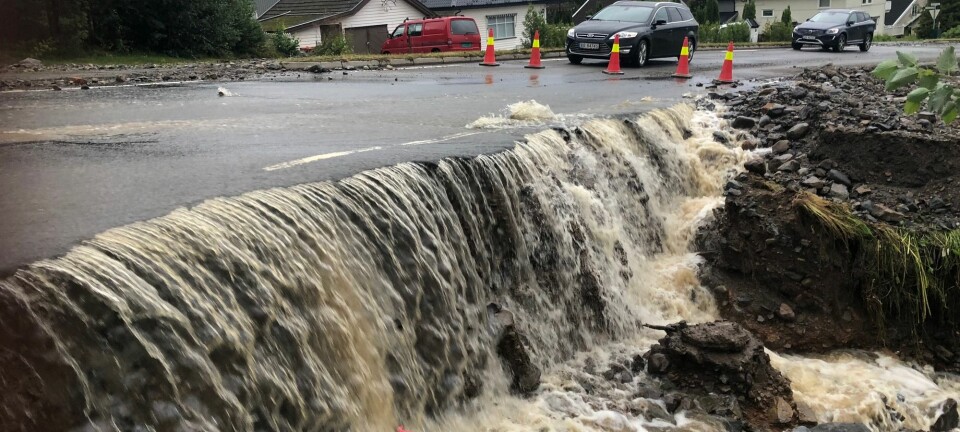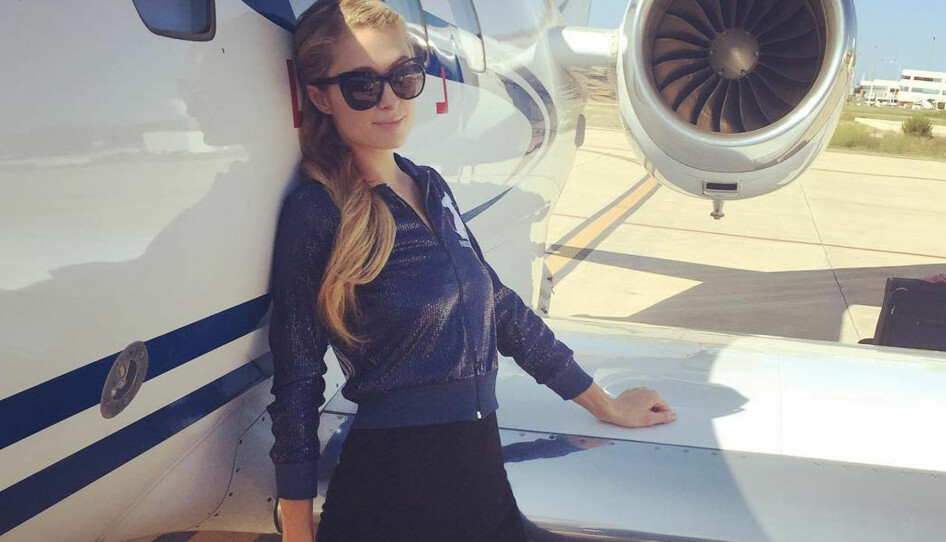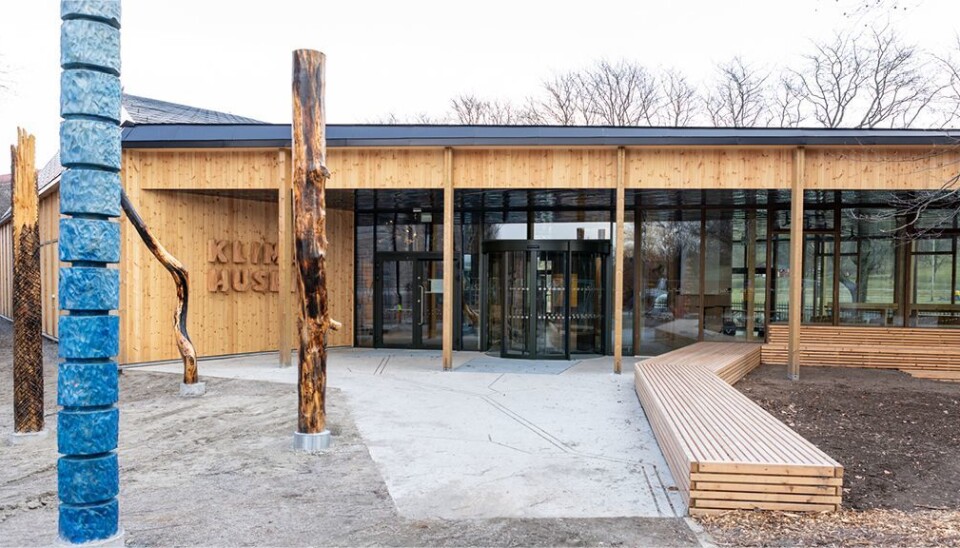
Now kids and teens in Norway have their own Climate House
How can scientists really know that the climate is changing? A visit to the new Climate House that has just opened in Oslo may help you understand it.
Almost everyone who does climate research agrees that climate change is a serious problem and that the world is getting warmer.
They also agree that humans are the major cause of global warming.
But some doubters are still out there.
One former sceptic is Jens Ulltveit-Moe, one of the richest people in Norway. A few years ago, he thought everything having to do with climate change was a real annoyance. He believed some people were just attempting to make life difficult for the rich.
But he became frightened when he read a climate report from the UN. He realized the situation was serious, according to the website KlimaOslo.
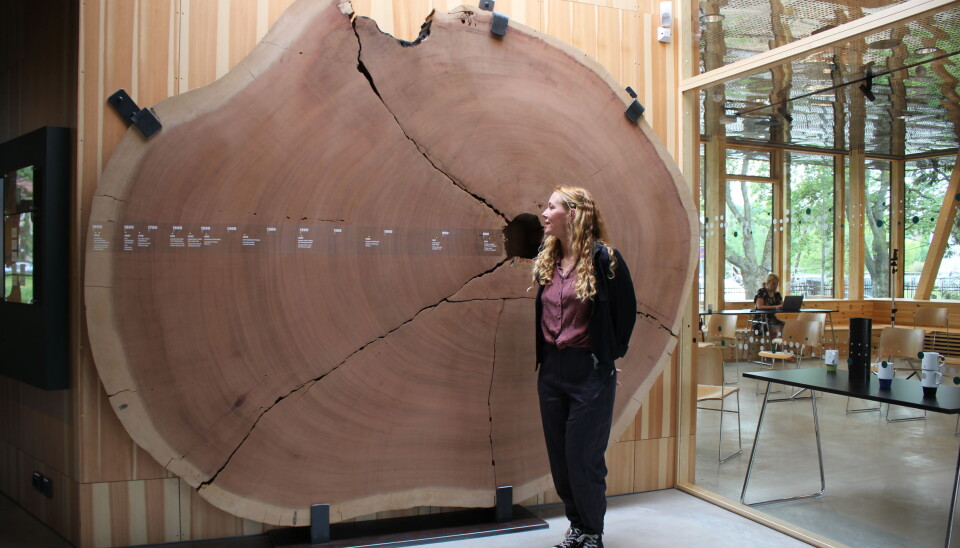
Sneak peek
Ulltveit-Moe has now given the University of Oslo €6.5 million to build the Climate House. Many other donors have also made substantial gifts to the house where children and young people in particular can learn more about climate change.
Crown Prince Haakon and Henrik Asheim, the Norwegian Minister of Higher Education, opened the Climate House in the Botanical Gardens on 16 June.
Sciencenorway.no was allowed to take a sneak peek into the house, along with Kaisa Hildershavn Heier, Akasch Adrian Pillai and Nelly Midthjell Sivertsen from the 9th grade at Fyrstikkalleen school in Oslo.
What happens when the temperature rises?
In the Climate House there is a room where you can look into a box and see what conditions on Earth will be like if the temperature increases by 1.5 degrees, 3 degrees or 6 degrees Celsius.
The visitors find out that there will be more poverty and hunger. The heat waves will be more powerful and longer. Numerous plants and animals will die out.
A dead hare lies in one of the boxes.
“This part of the exhibition is a bit sad,” says Brita Slettemark. She is the head of the Climate House.
But Slettemark is not trying to scare anyone. She hopes that a visit to the Climate House can give people hope.

“I want people to leave with the feeling that they have the strength and ability to play a role for a better environment and climate.
“You don't have to do big things. Even small actions make a difference, like picking up plastic or sorting your trash,” she says.
Learned lots of new info
Kaisa, Akasch and Nelly are all interested in climate issues, but thought they learned a lot of new information from the exhibit.
“For example, I learned that soy that’s planted in the destroyed rainforest in South America is used as feed for the animals we eat in Norway,” says Nelly.
Kaisa learned that as temperatures rise in the world due to climate change, more storms are destroying houses. The result is that many poor people are more affected by climate change than rich individuals.
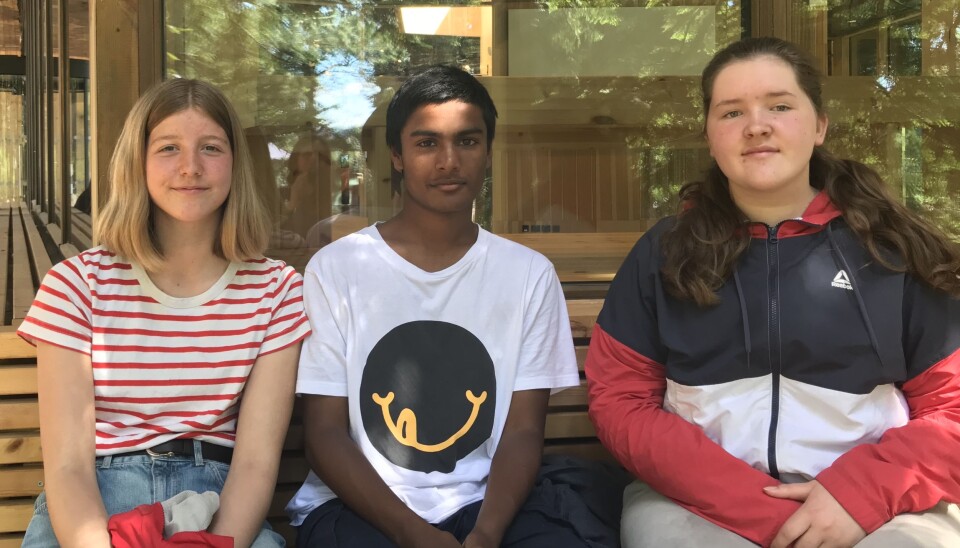
Who are you?
Akasch particularly liked the part of the exhibition where you can test yourself and see who you are on the climate issue.
“This was a different way of learning. I got to know myself by responding to various dilemmas. We were given a QR code to scan, and then we had to answer different questions about what we would do ourselves. At the end I got a profile. I was happy to find out that I’m an activist,” he said.
The three teens are interested in what steps they can take in their everyday lives. Kaisa and Akasch think they shouldn’t eat as much meat. Nelly wants to avoid food waste and buy less unnecessary stuff.
Picture is becoming increasingly clear
The climate has changed throughout time. But Slettemark hopes visitors will leave the Climate House understanding that scientists now know enough to recognize that climate change is largely our fault.
Scientists use climate models to figure out these questions. The models offer a simplified way to show how the whole climate system works, just like a model car is a simplified version of a functional car. At the exhibit you can see some of the different equipment that is used to measure and study the weather, such as weather balloons.
All the data gathered by the researchers from their measurements are entered into mathematical models.
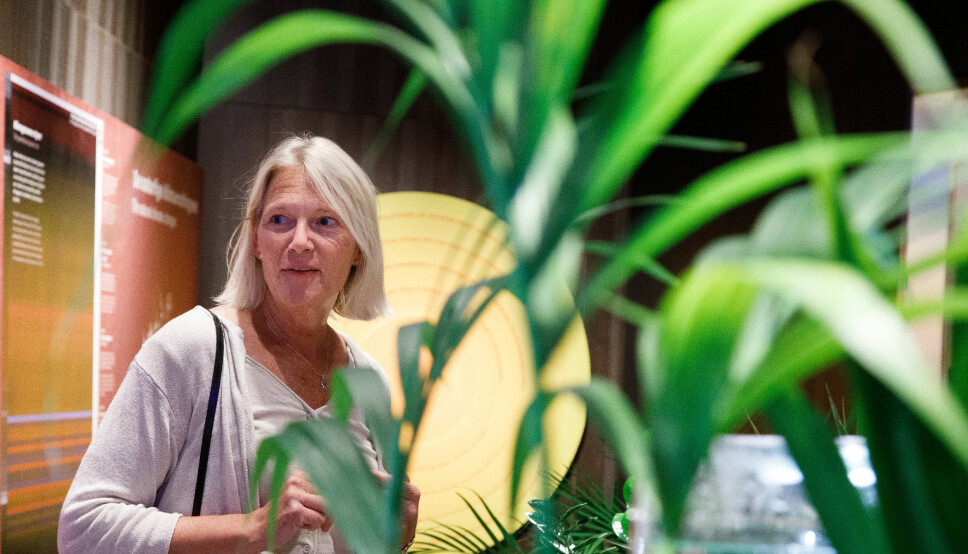
To show how these work, the exhibit shows a photo of a girl.
In the first picture she is very blurry. In the next one she is sharper. The more data that is entered into the photo, the clearer her face appears.
Scientists have now put so much data into their climate models that the same thing happens. The picture becomes clearer. The image has become so sharp that they feel confident that the reason the Earth’s climate is changing faster than what is natural is because of us humans.
Translated by: Ingrid P. Nuse
———








